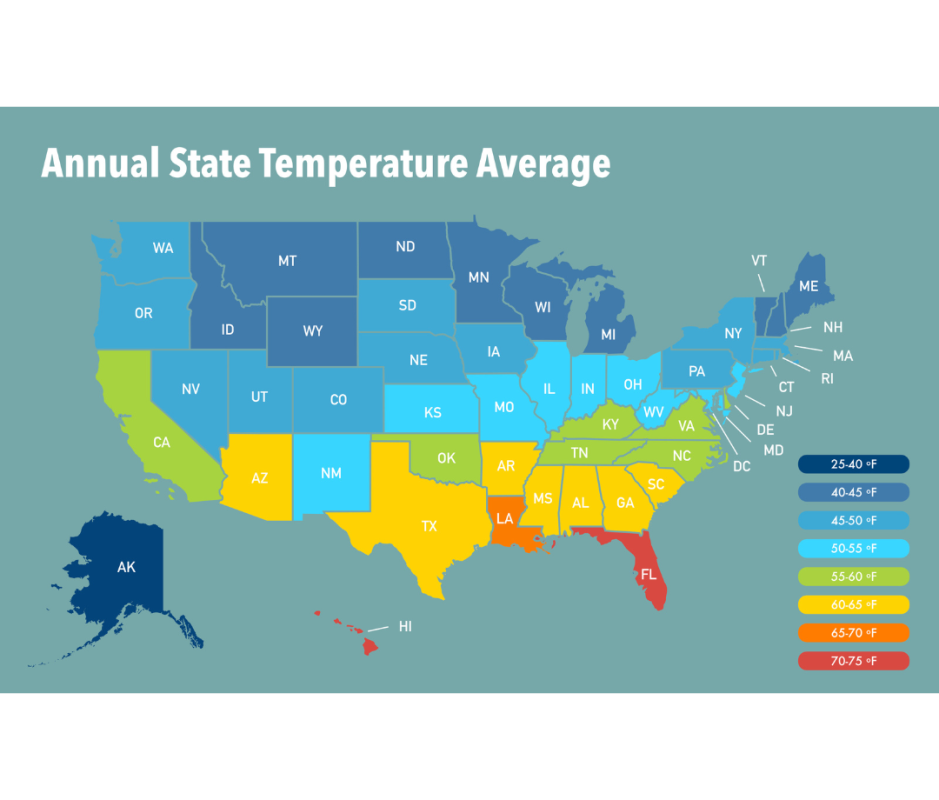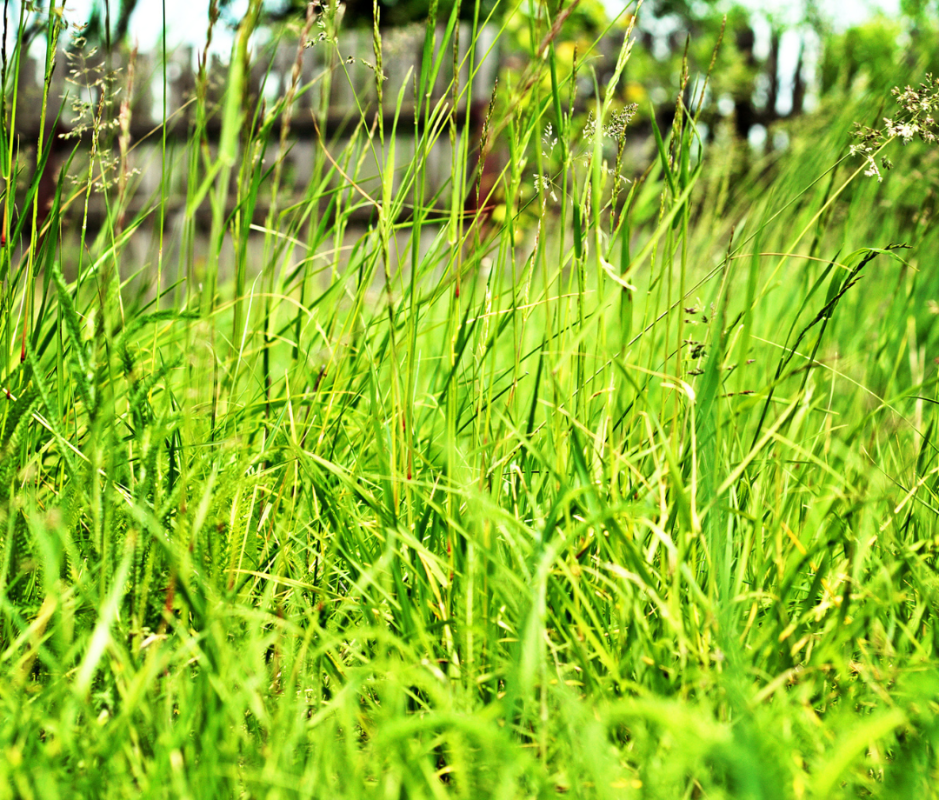Men’s Journal aims to feature only the best products and services. If you buy something via one of our links, we may earn a commission. Prices are accurate and items in stock at time of publishing.
If you want to grow a lawn that’s the envy of your neighbors, then you’d better plant grass seed at the optimal time of year. The best time to plant grass seed depends on where you live and the type of grass you want to plant. Below, we’ll cover what grass seed types you have to choose from and help you time your planting so you get the lush lawn you’re after.
What Factors Determine What Season Is Best To Plant Grass Seed?
When you should plant grass seed comes down to where you live and whether you’re planting cool-season or warm-season grasses.
Grass types
Grass falls into two categories: cool-season and warm-season grasses. Cool-season grasses include Kentucky Bluegrass, fescues, and rye grass, while warm-season grasses include such grass varieties as Bermuda, zoysia, and St. Augustine.
When choosing a grass, keep in mind that the germination times for grass seed can vary significantly from type to type. Fescue can germinate in one to three weeks, while it can take Kentucky Bluegrass two weeks to a full month to germinate. Bermuda grass, like fescue, takes one to three weeks to germinate, while centipede grass can take up to four weeks to germinate.
Related: Want to Master the Art of Landscaping? We Rated the Best Lawn and Garden Tools of 2025
Climates
Your grass growing efforts will reap the most success if you choose a grass seed that aligns with your climate. If you live in the northern half of the country, you’ll want to go with a cool-season grass that can tolerate broad temperature changes from freezing cold winters to hot and dry summers.
Warm-season grasses are the best option for southern parts of the country, due to their ability to tolerate scorching hot temperatures.
There’s also an overlap area of the country called the transition zone, in which some cool-season and warm-season grasses can both thrive.

Getty Images
Why Fall Is the Best Time to Plant Cool-Season Grasses
A combination of factors make fall the best option for planting cool-season grasses. This type of grass germinates and grows best when daytime temperatures are between 60 and 75 degrees Fahrenheit and soil temperatures maintain a range between 50 and 60 degrees Fahrenheit. Fall also brings on wetter weather, which makes it easier to keep seeds moist and young grass irrigated.
By planting in September or early October, the seedlings will also have enough time to mature before facing off against Old Man Winter. A good rule of thumb is to plant cool-season grass seed at least 45 days before first frost to give the seedlings time to get established.
When timing your grass-seed planting, keep in mind that fall typically comes earlier to those northern-most points in the country. While you’ll want to plant seed in upstate New York by mid-September, hold off for late September or even early October if you’re planting cool-season grass in North Carolina.
Related: We Tested Dozens of Home Workshop Tools. These Top Picks Are Worth Your Money
Why Spring and Early Summer Are the Best Times to Plant Warm-Season Grasses
True to its name, warm-season grass thrives with warmer air and soil temperatures, which is why late spring and early summer are the ideal times for planting these grasses. Warm-season grasses thrive when soil temperature is between 65 and 70 degrees Fahrenheit, with air temperatures above 80 degrees Fahrenheit. A spring/early summer planting also gives the new grass time to establish roots before the heat of summer arrives.
As with cool-season grasses, when you should plant warm-season grasses varies depending on where you live.You may be able to plant a warm-season grass as early as April if you live in Florida, while you’ll need to wait until late May if you’re planting in Georgia.
What Climate Zone Am I In, and When Should I Plant Grass Seed?
You can determine what climate zone you’re in by consulting a climate zone map of the country. Once you’ve identified your climate zone, you can determine what type of grass works best for your yard and when to plant it. While cool-season grasses are ideal for the northern half of the country, warm-season grasses are best for the southern portions of the country. If you live in a transition zone, you have the flexibility to choose between cool-season or warm-season grasses.

Getty Images
Tips for Helping Grass Seed Grow
Prep the soil
Remove weeds, rocks, and other debris from the area, then use a tiller to break up the soil, which will improve drainage while allowing oxygen to reach the seedling’s roots. Before seeding, level the soil to prevent water from pooling and potentially washing away seed.
Test the soil
Perform a soil test to determine what nutrients might be lacking in your soil, then amend it with fertilizer based on those test results. Use a tiller to work the fertilizer into the top four inches or so of soil, then rake the area smooth before adding seed.
Cover the seeds
Keeping the seeds moist is key to getting them to germinate. Cover the seeds with a thin layer of straw to help hold moisture in the soil and protect the seed from birds. Once the seeds germinate, they’ll grow right through the straw.
Water regularly
After planting the grass, keep the soil moist to help with germination by watering it two to three times a day. Once the grass begins to grow, back the watering off to two to three times a week.
